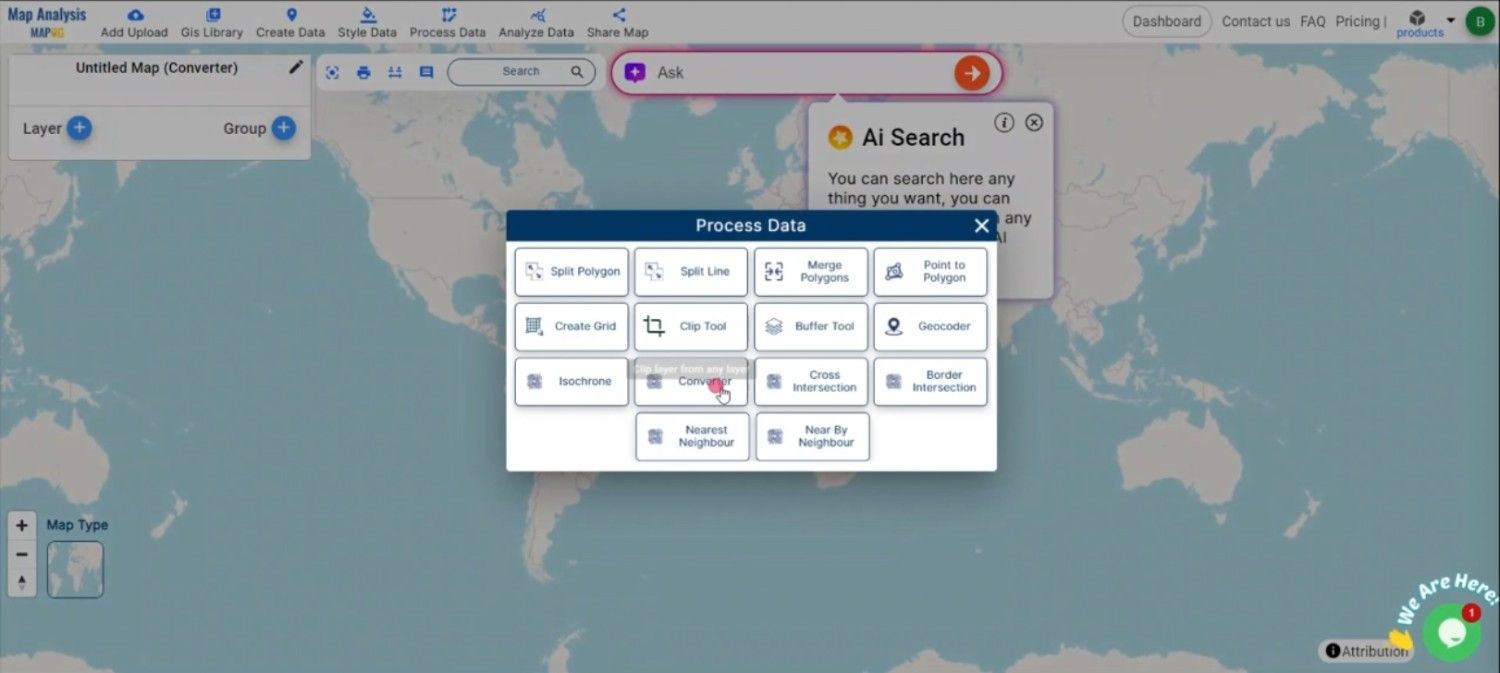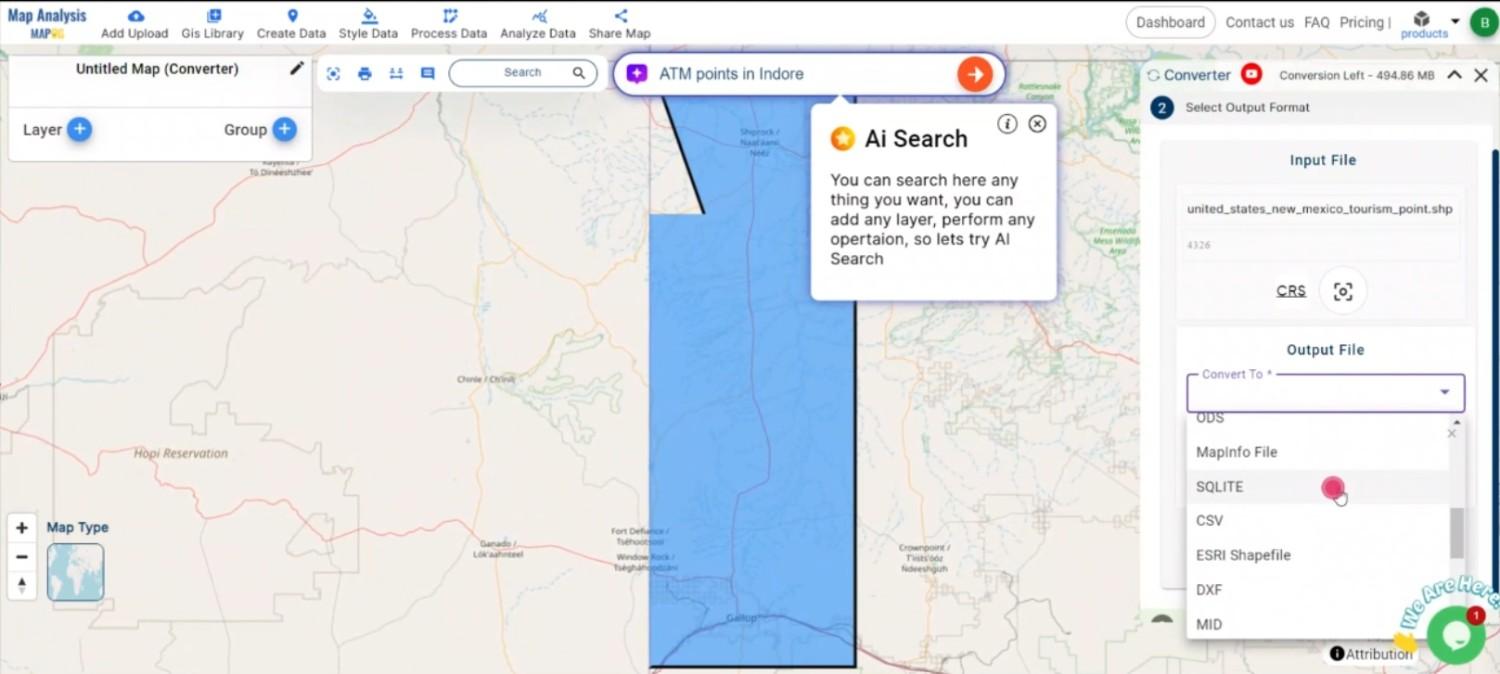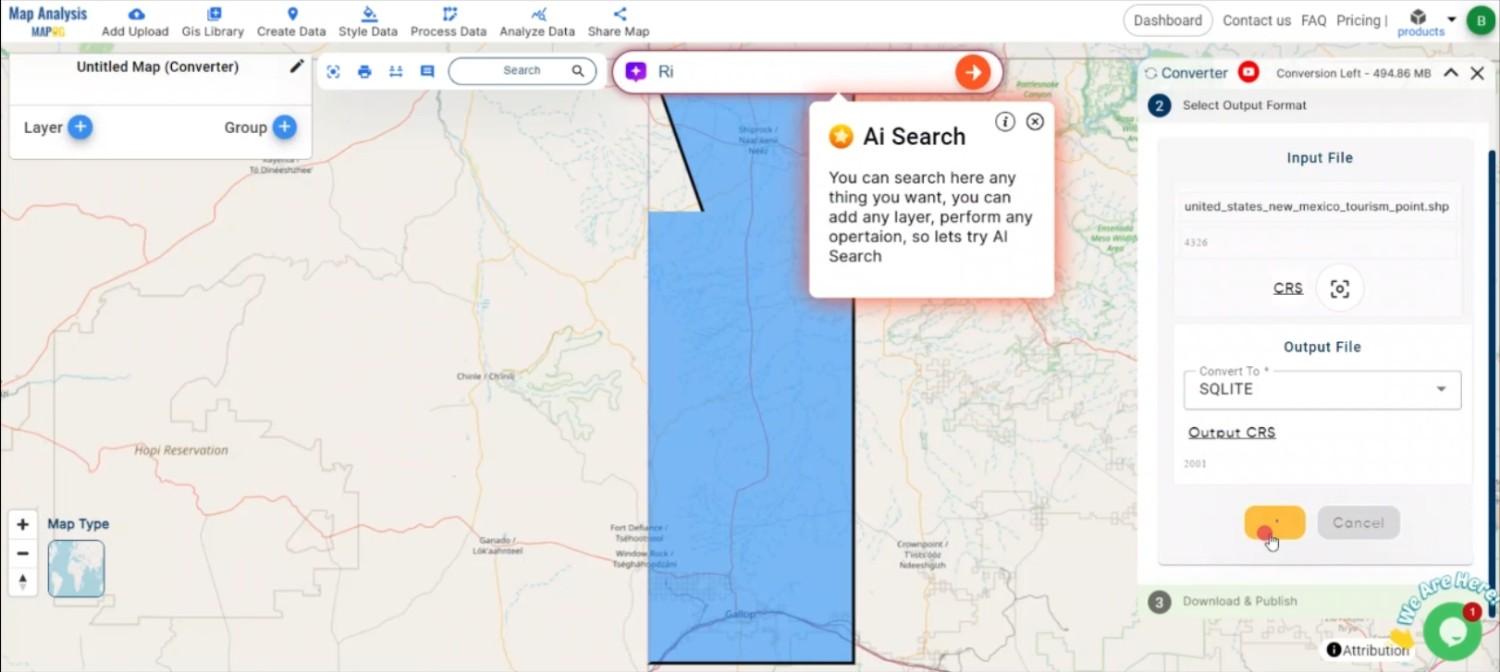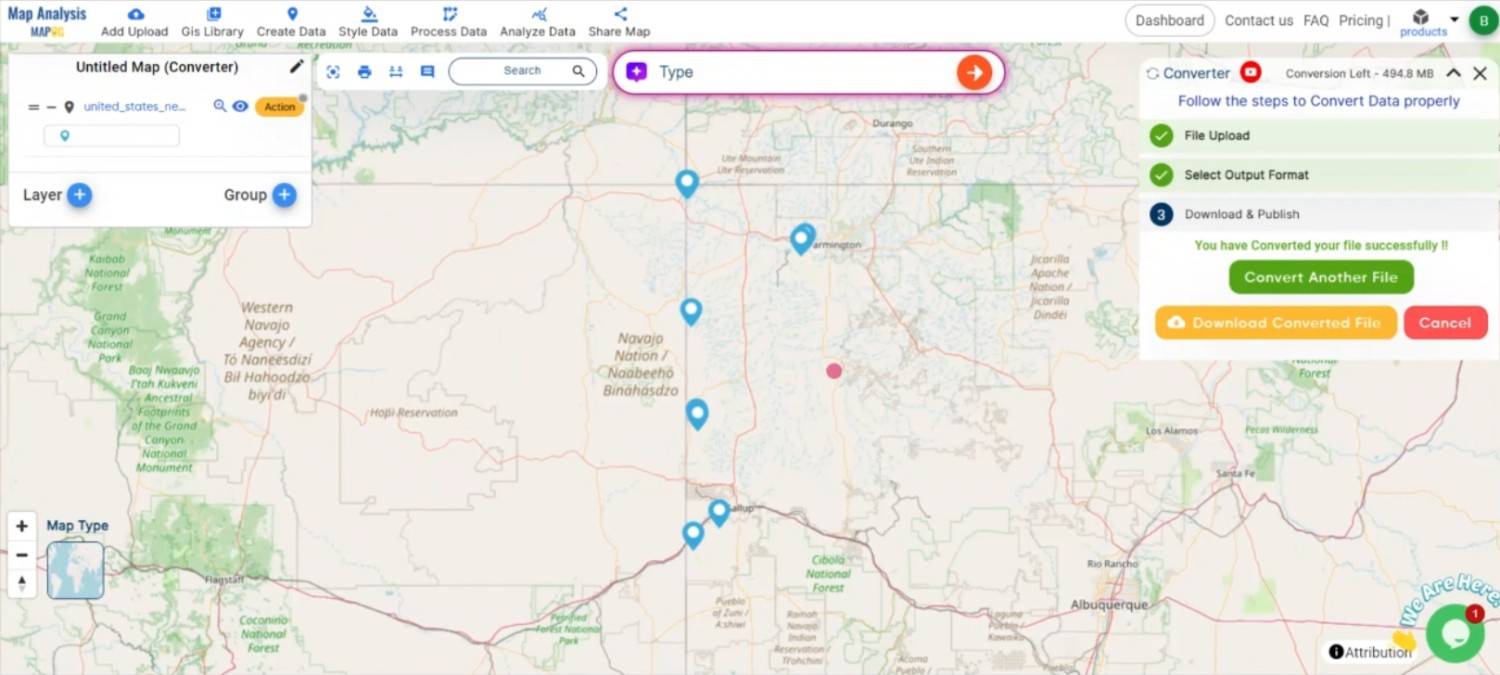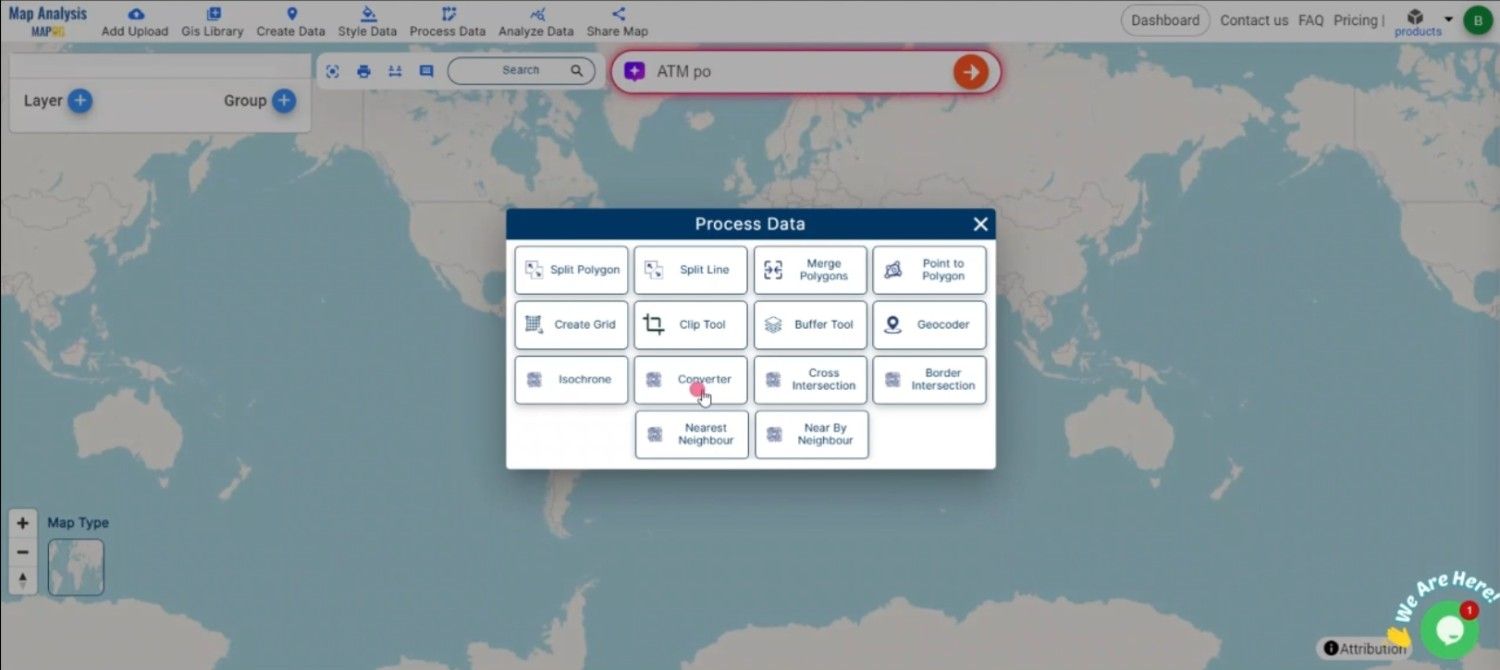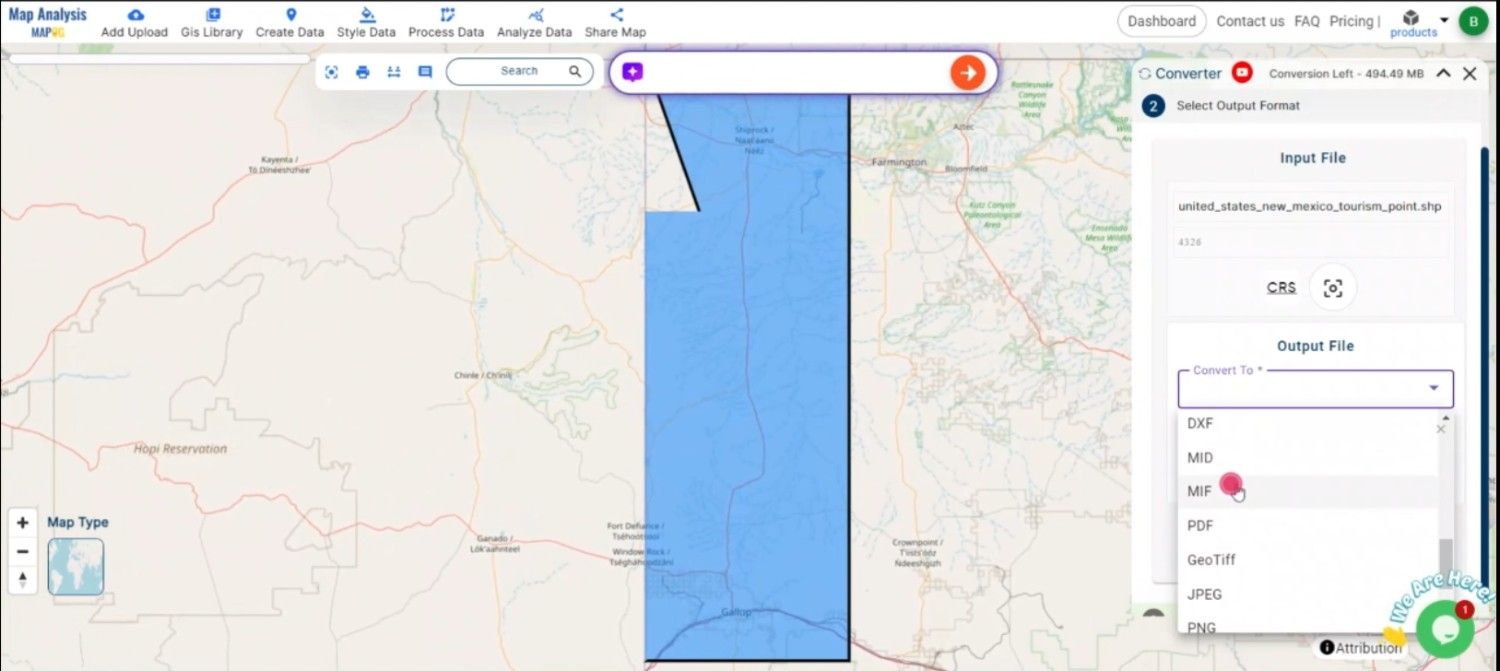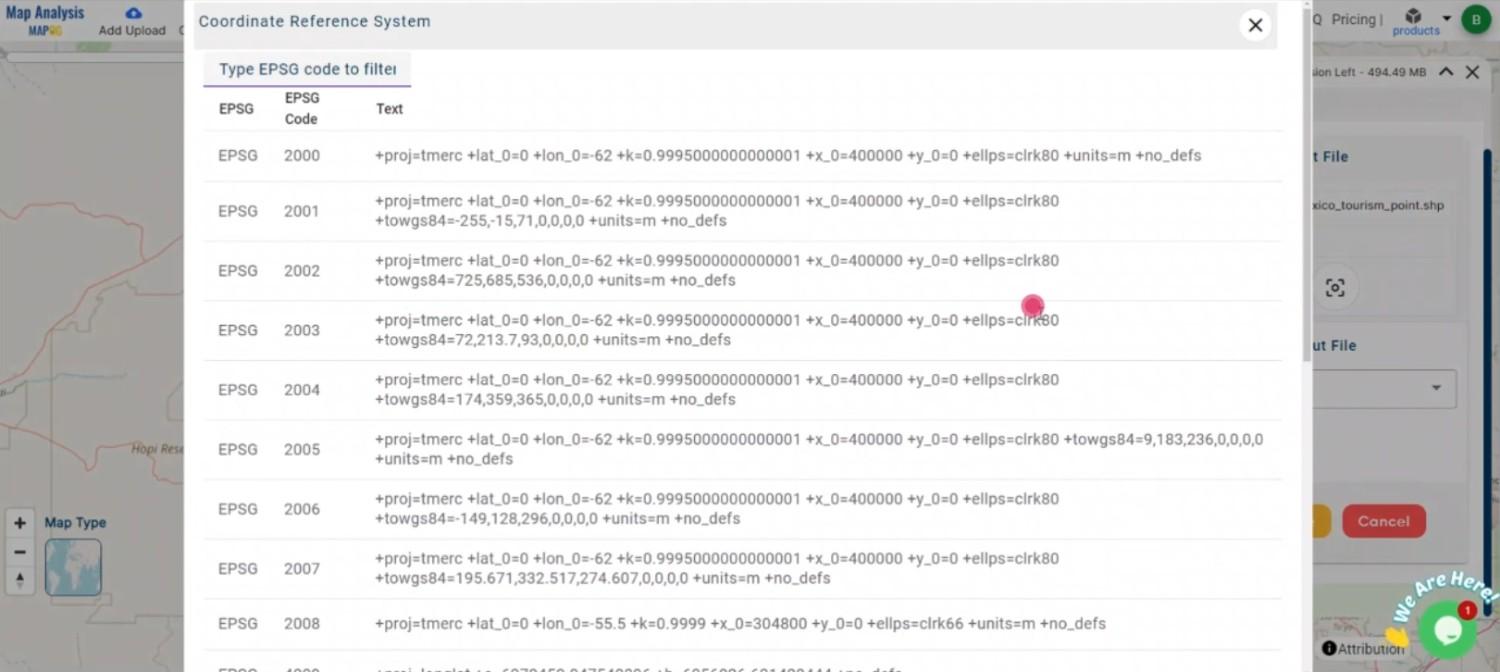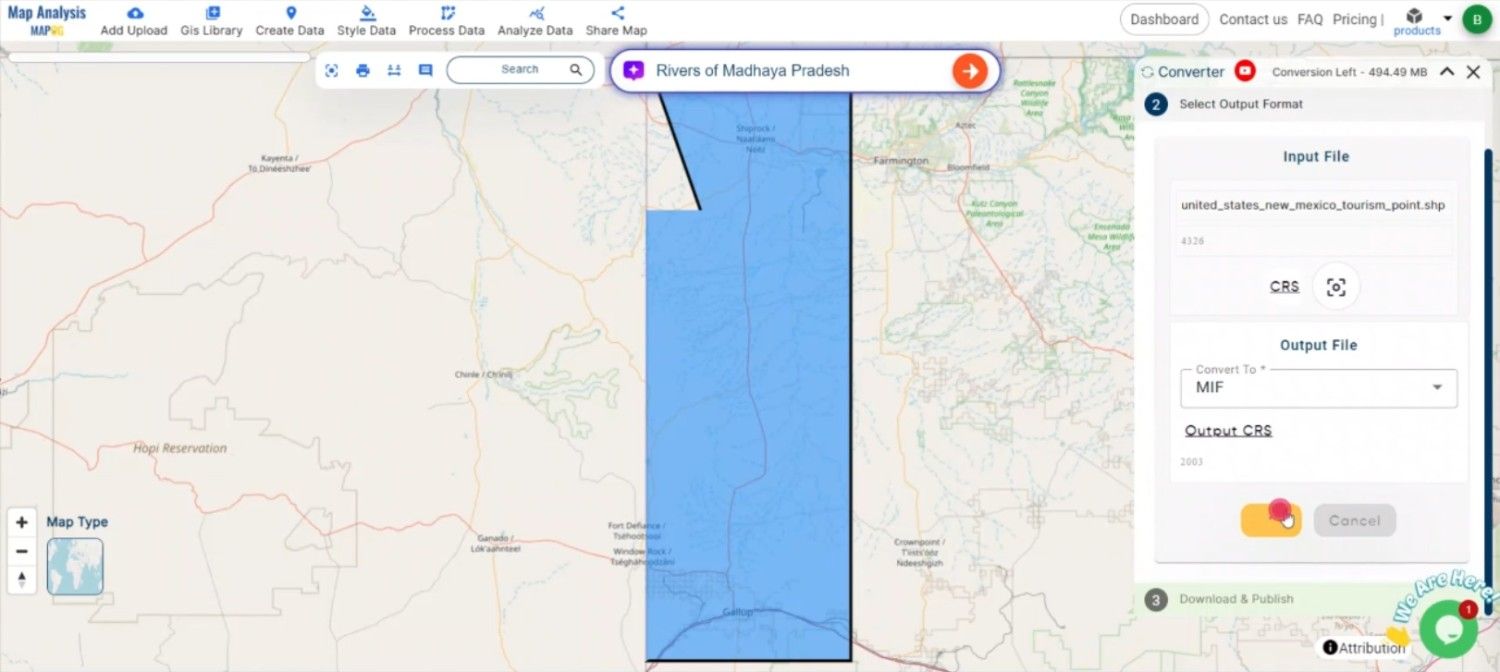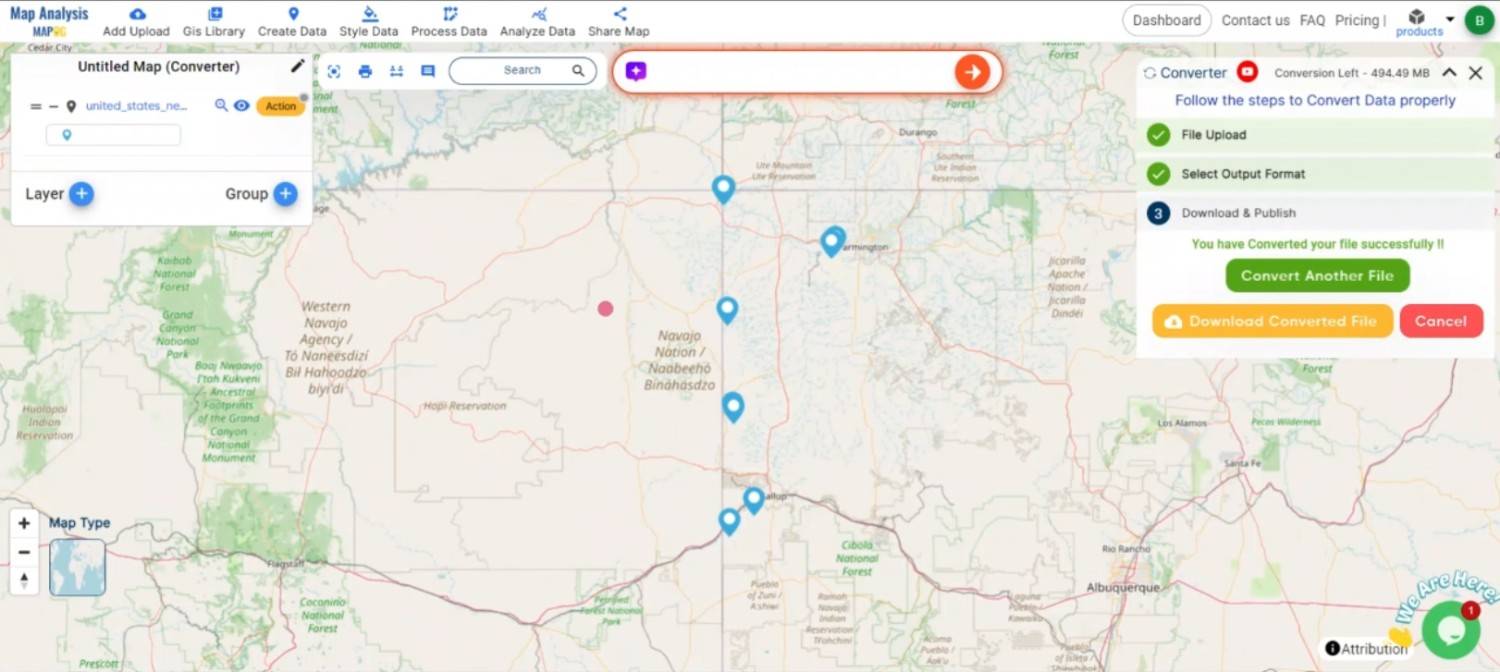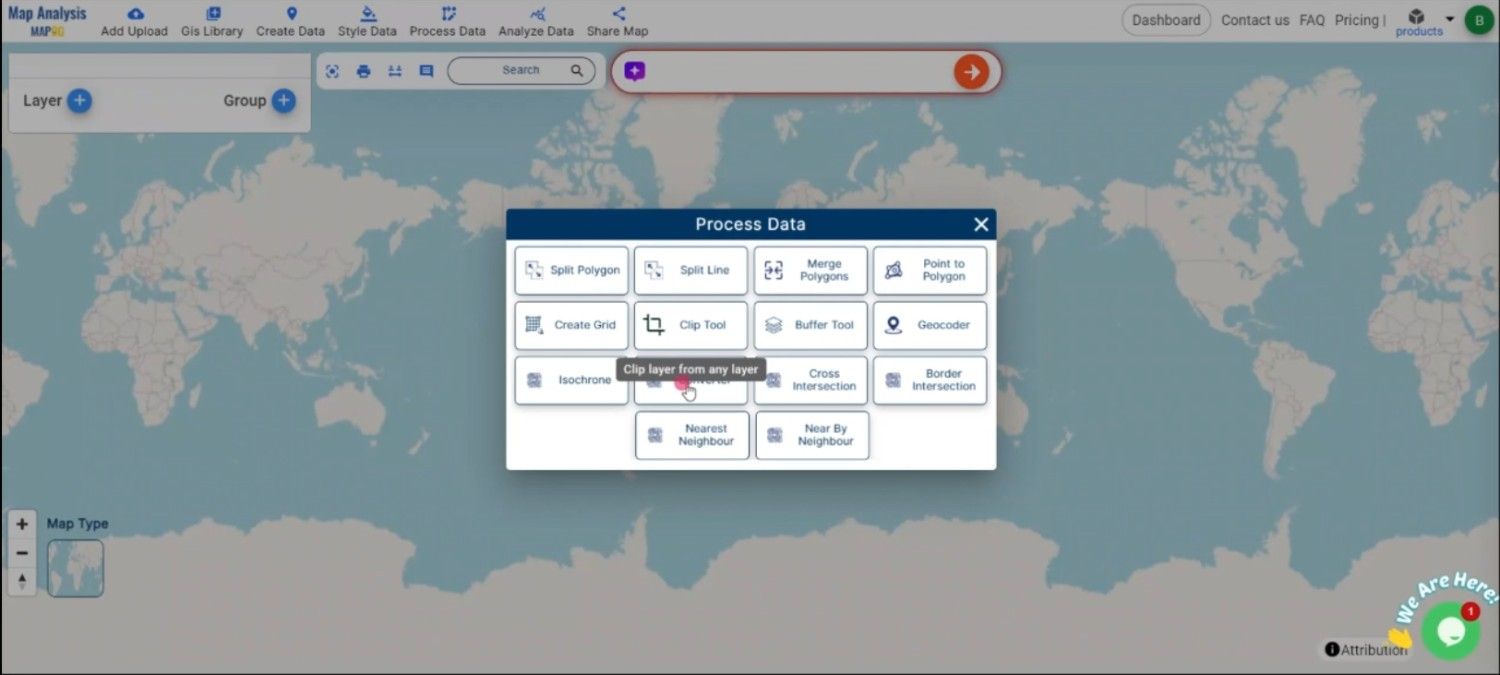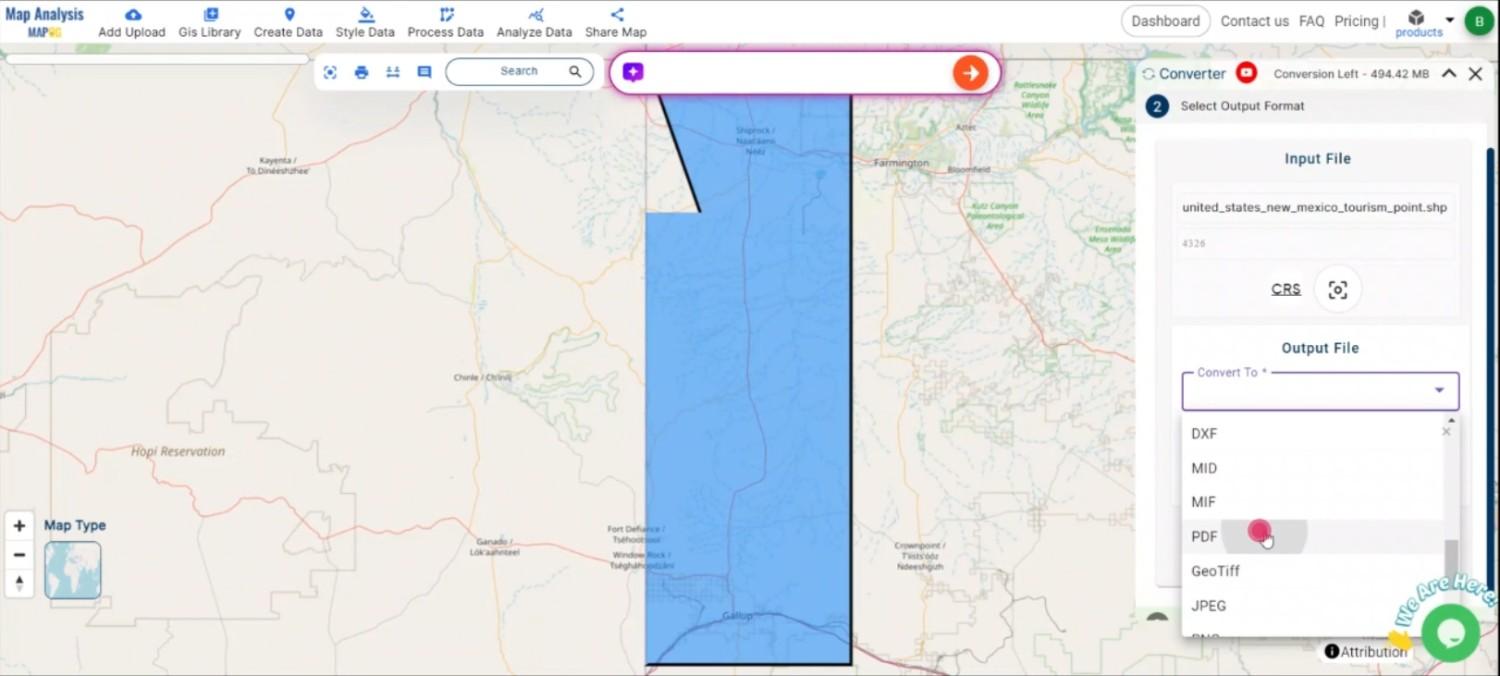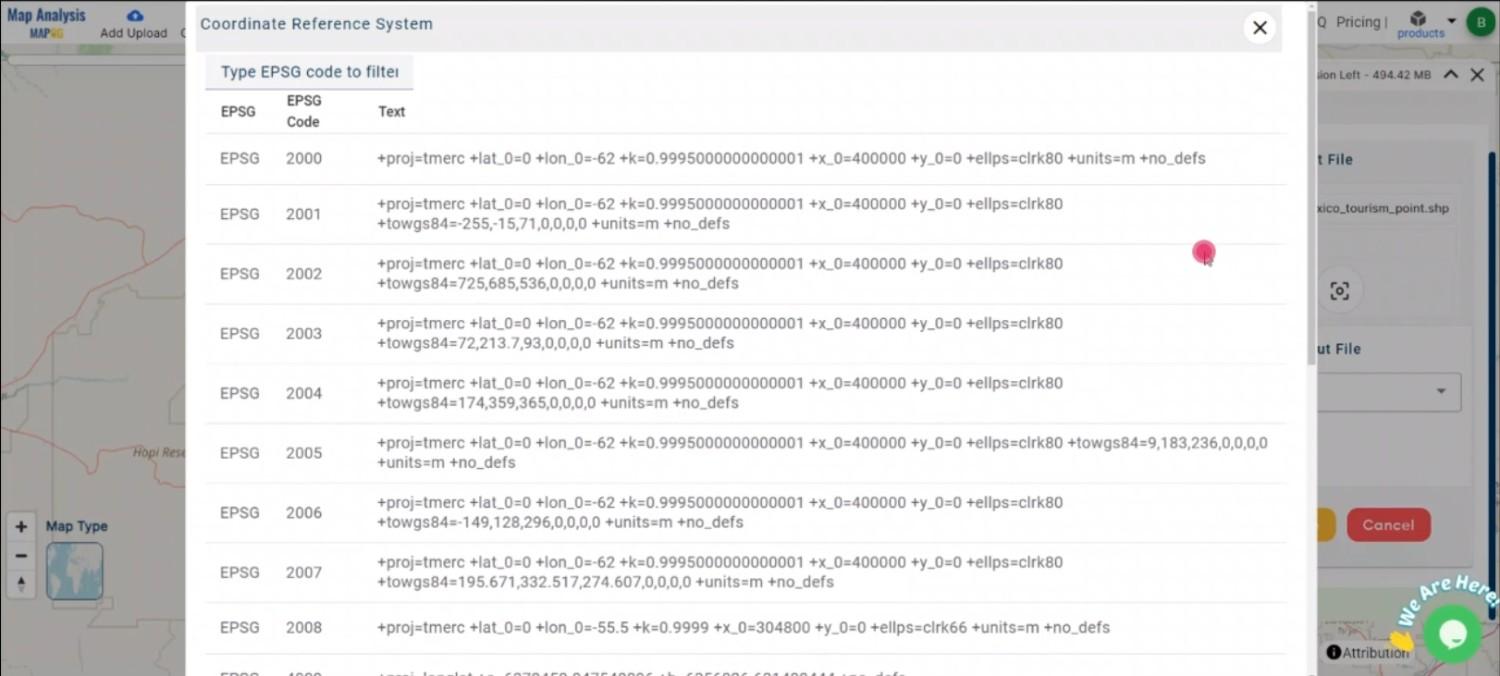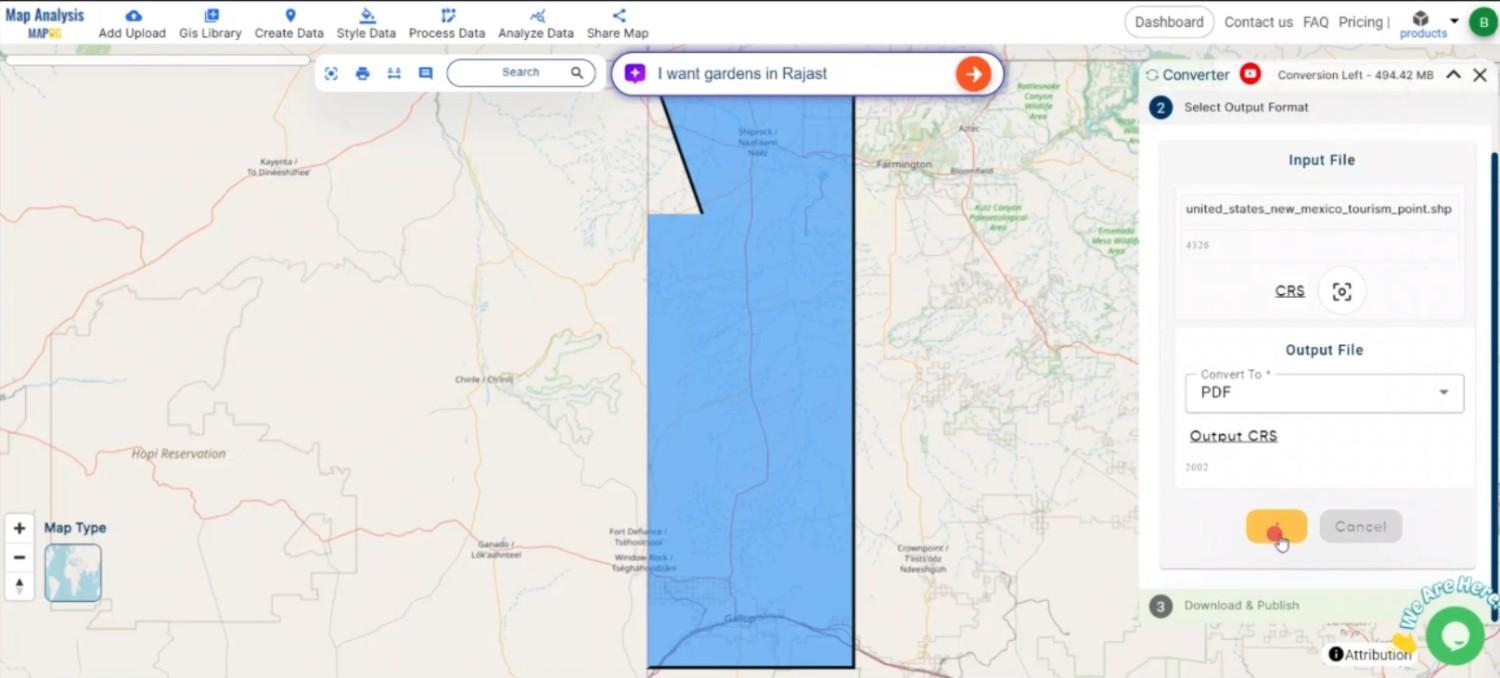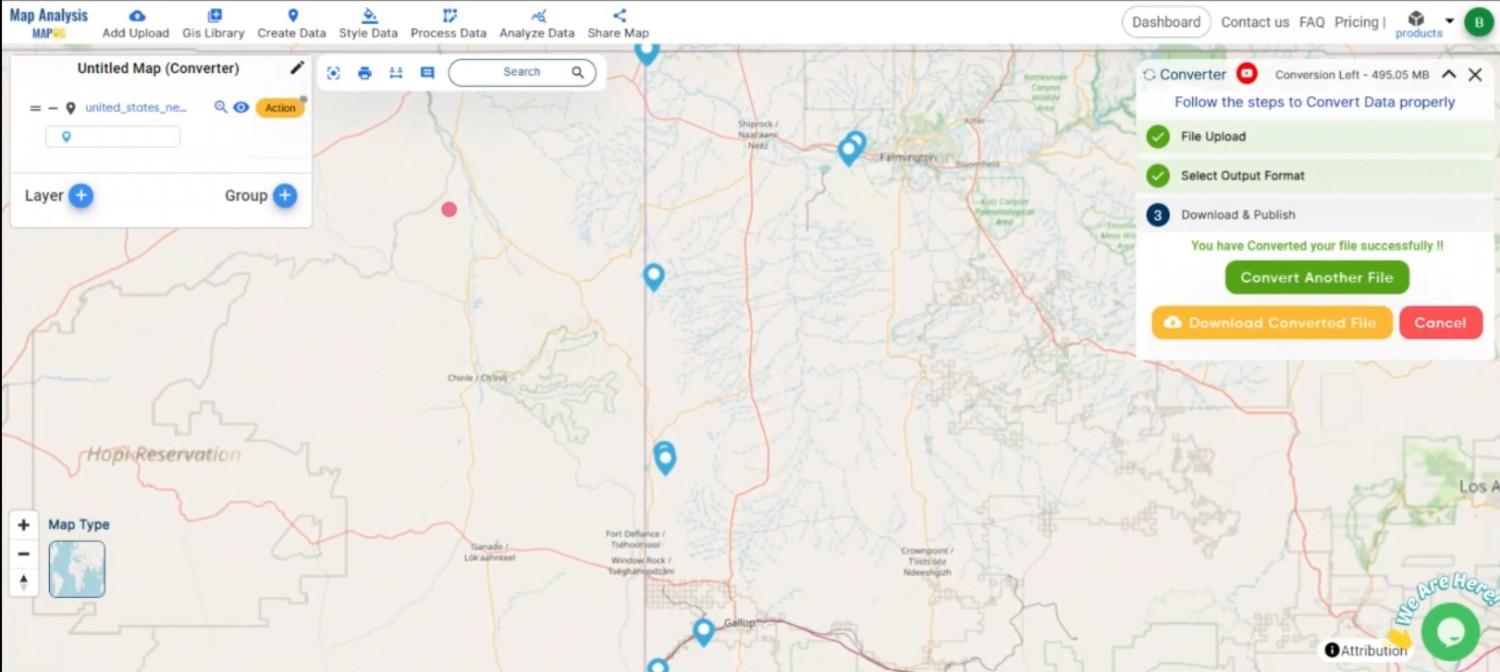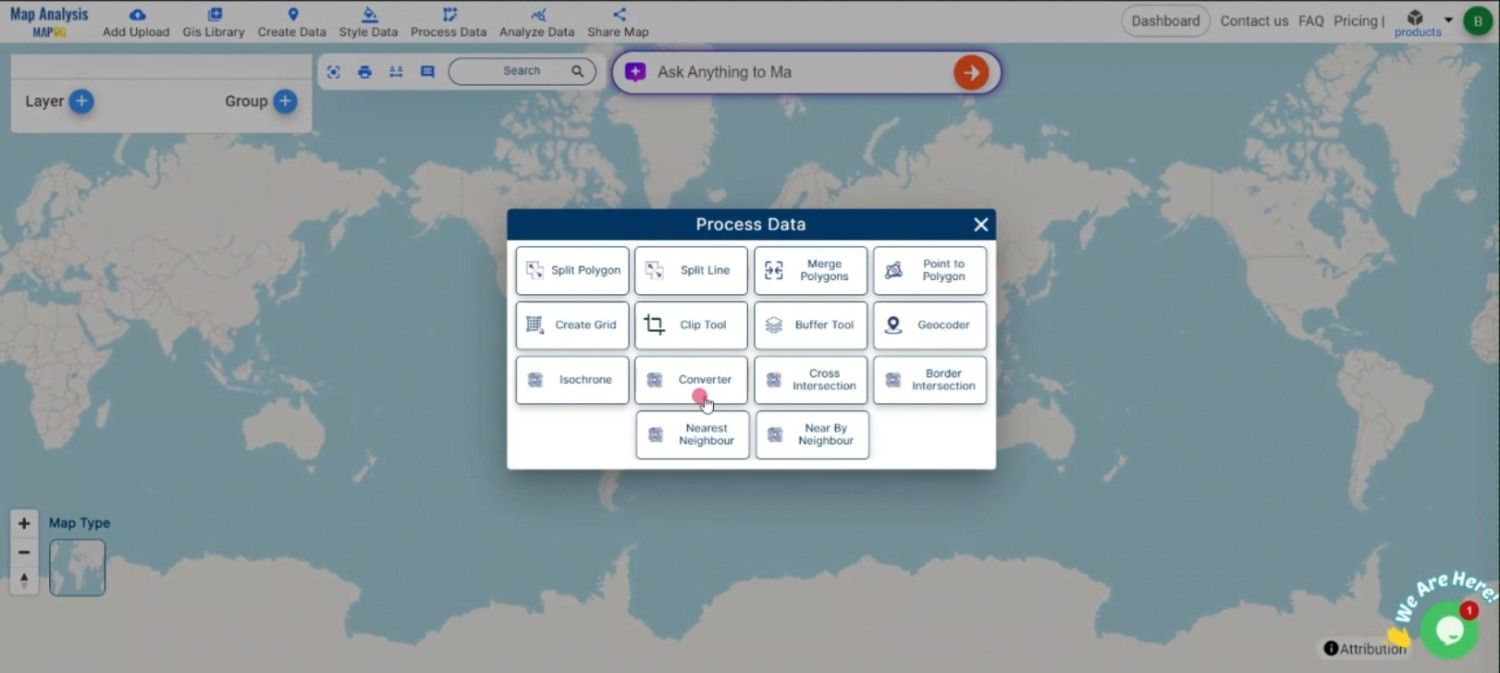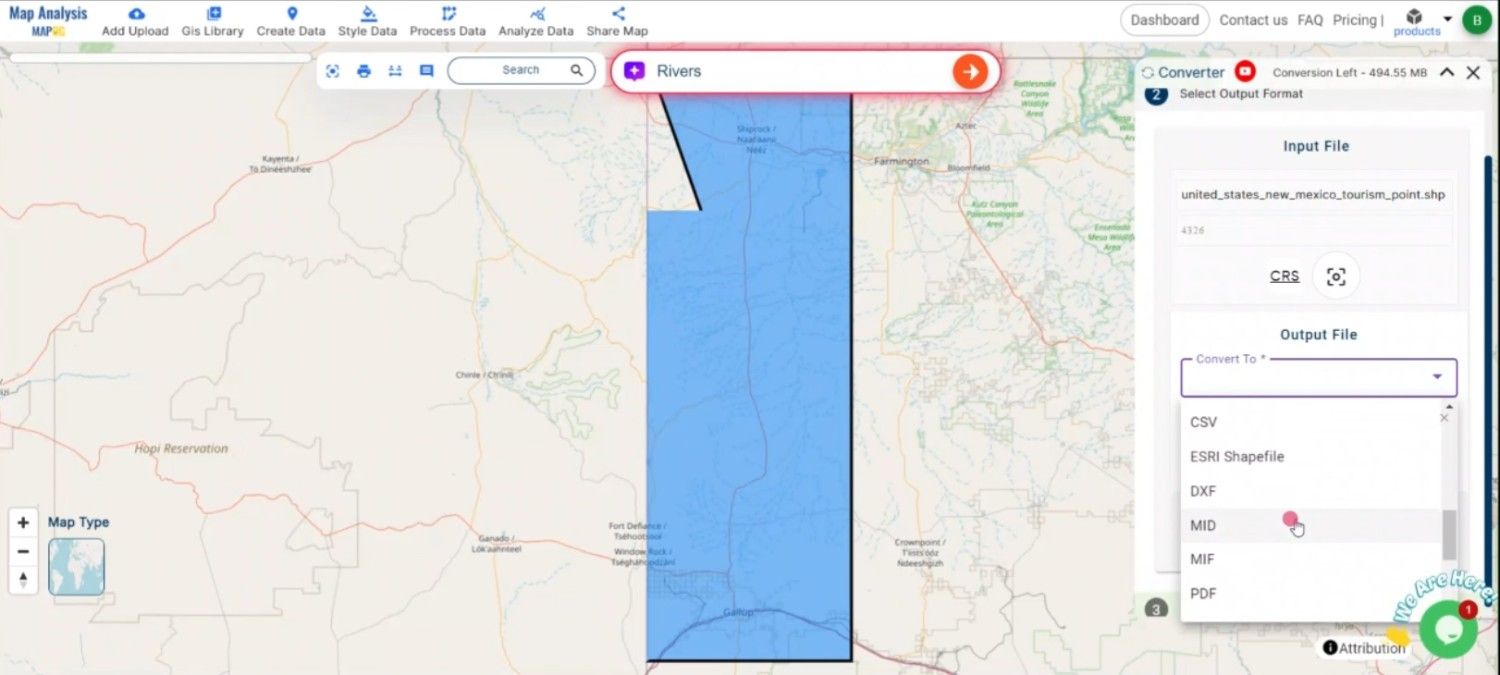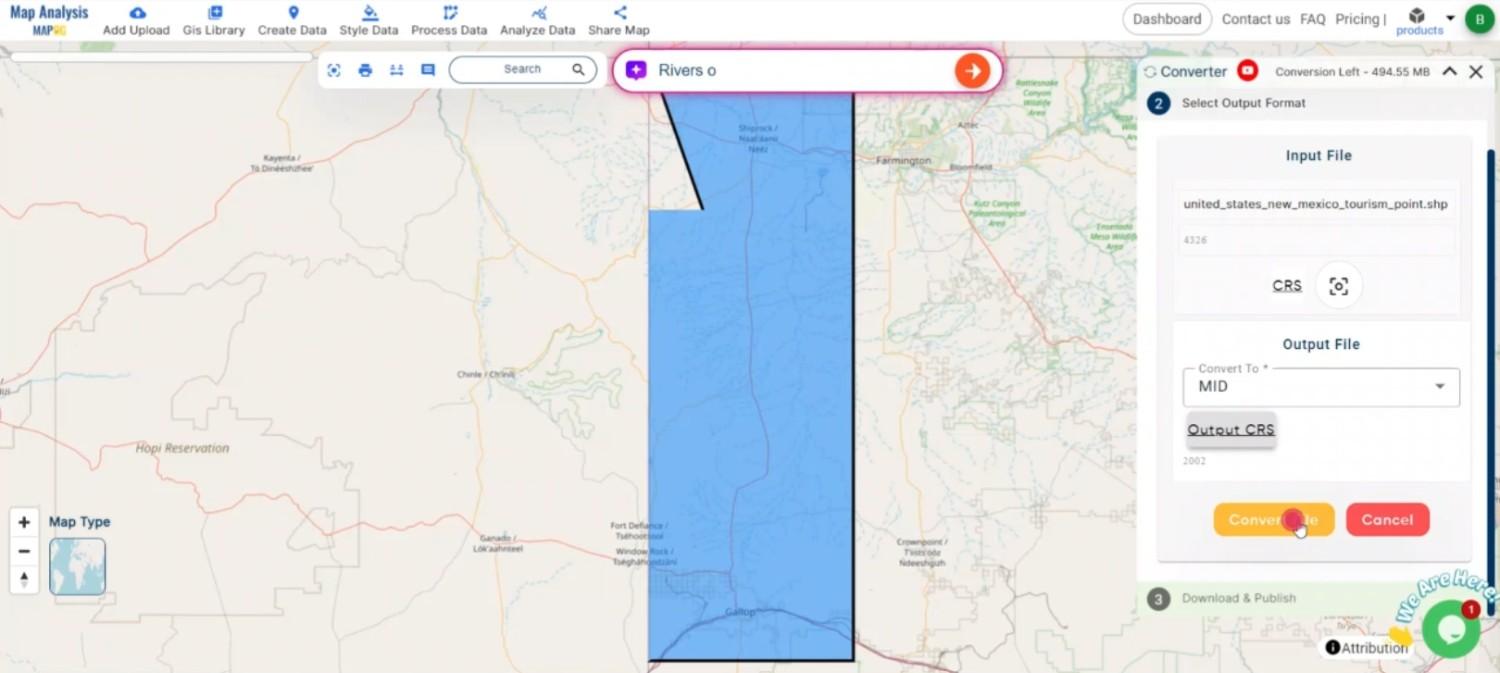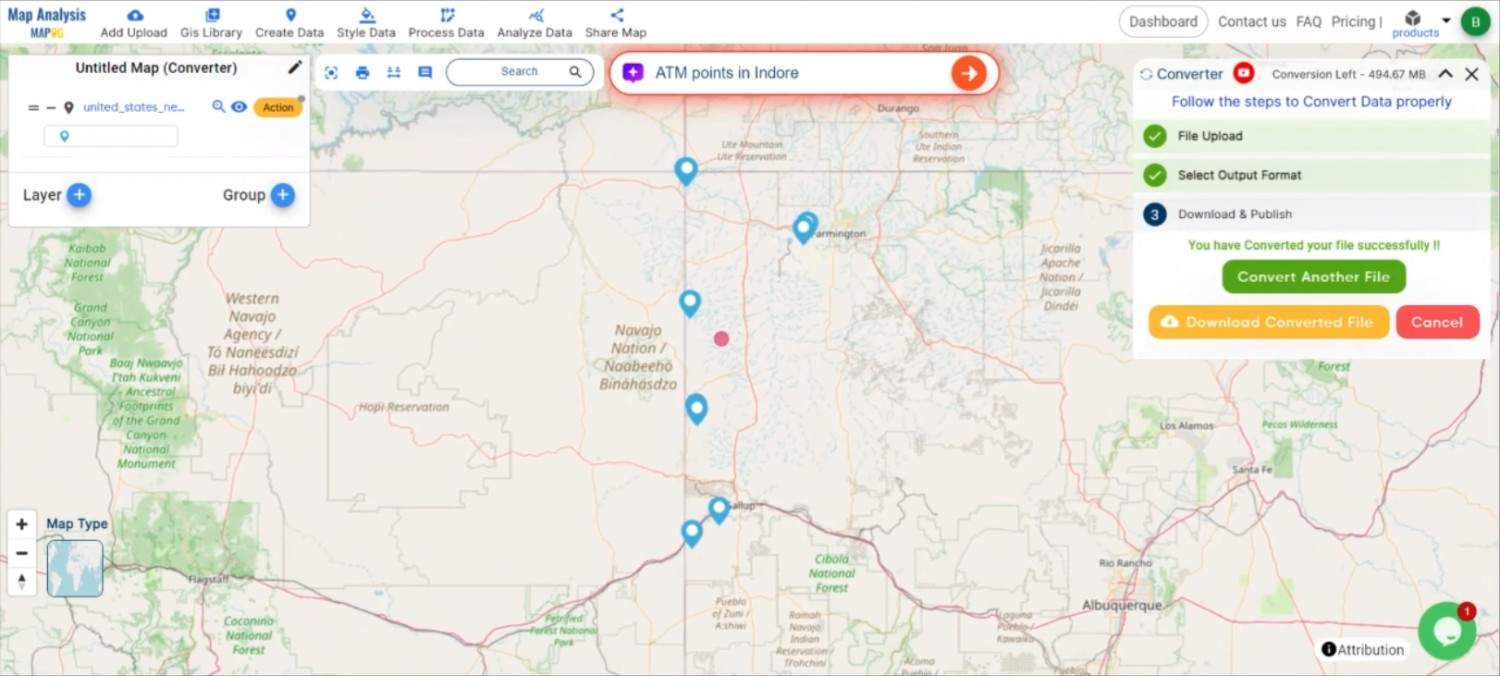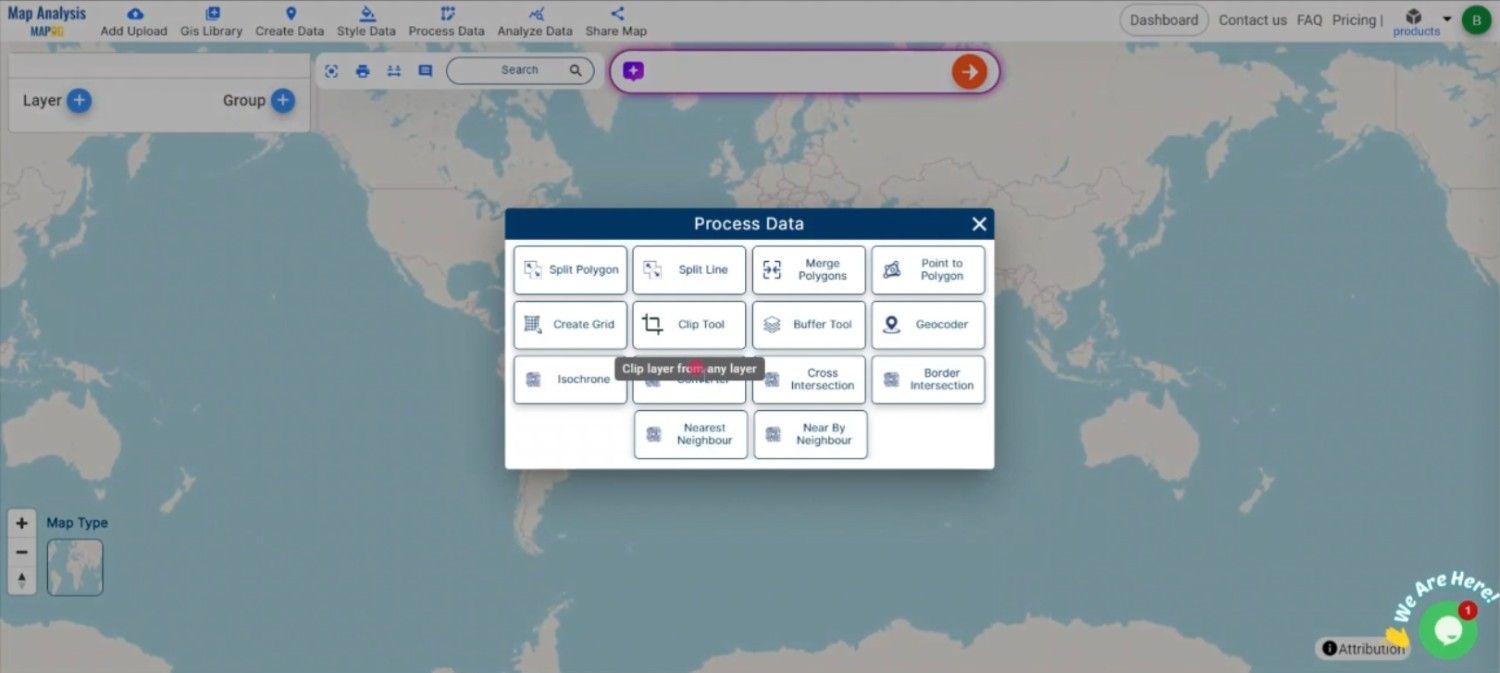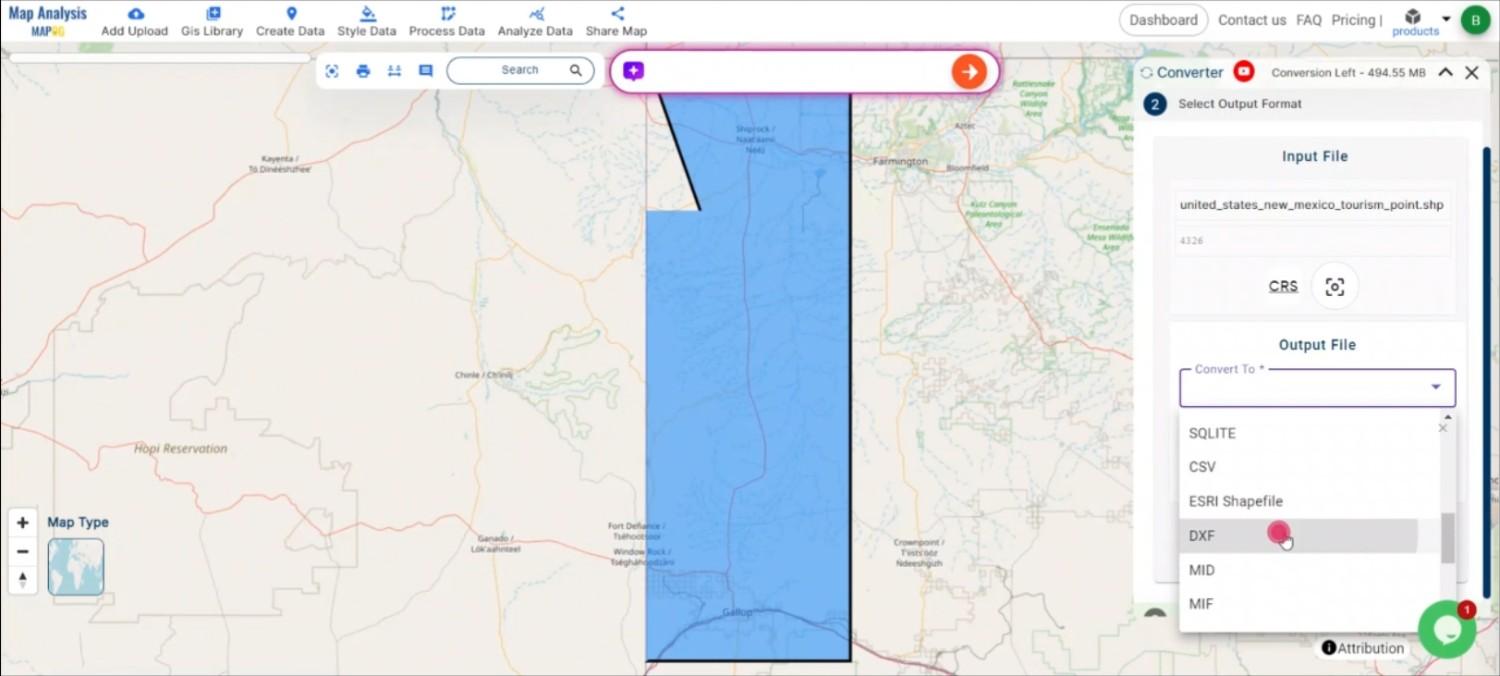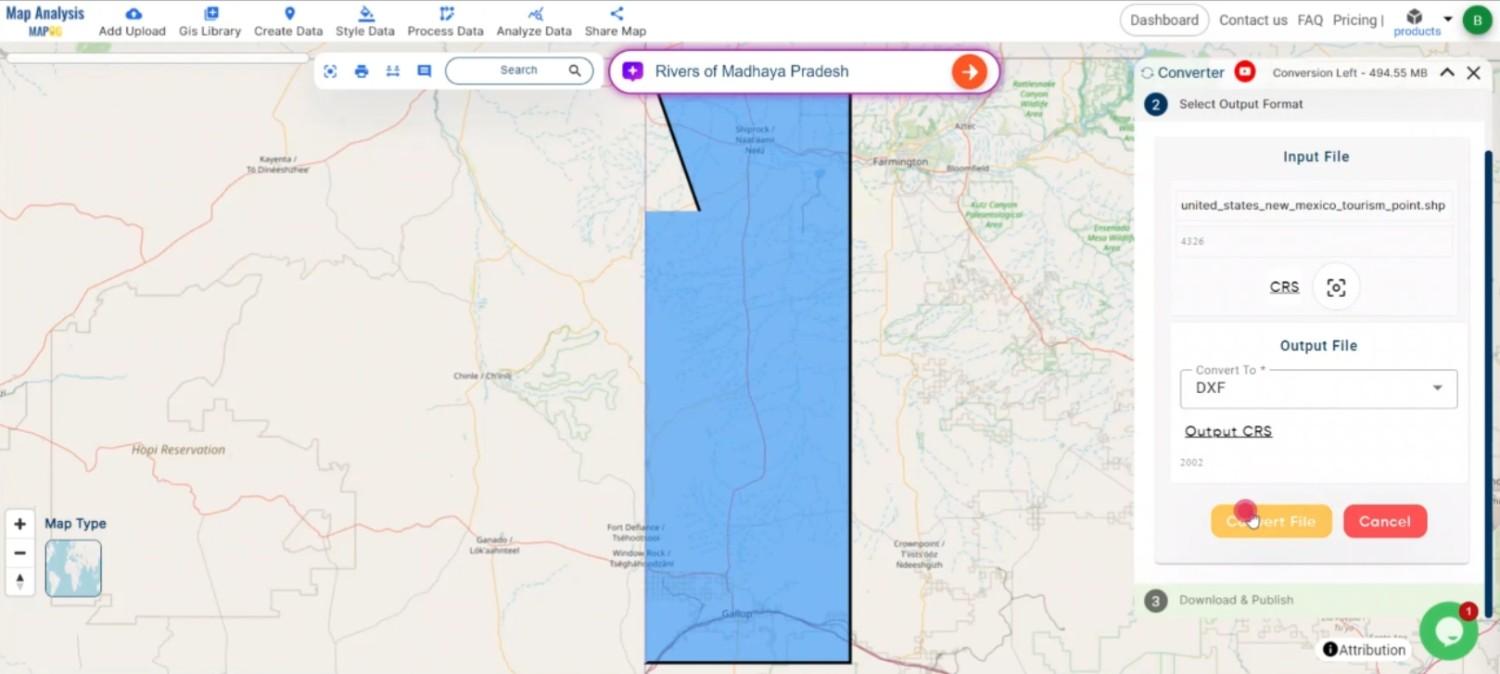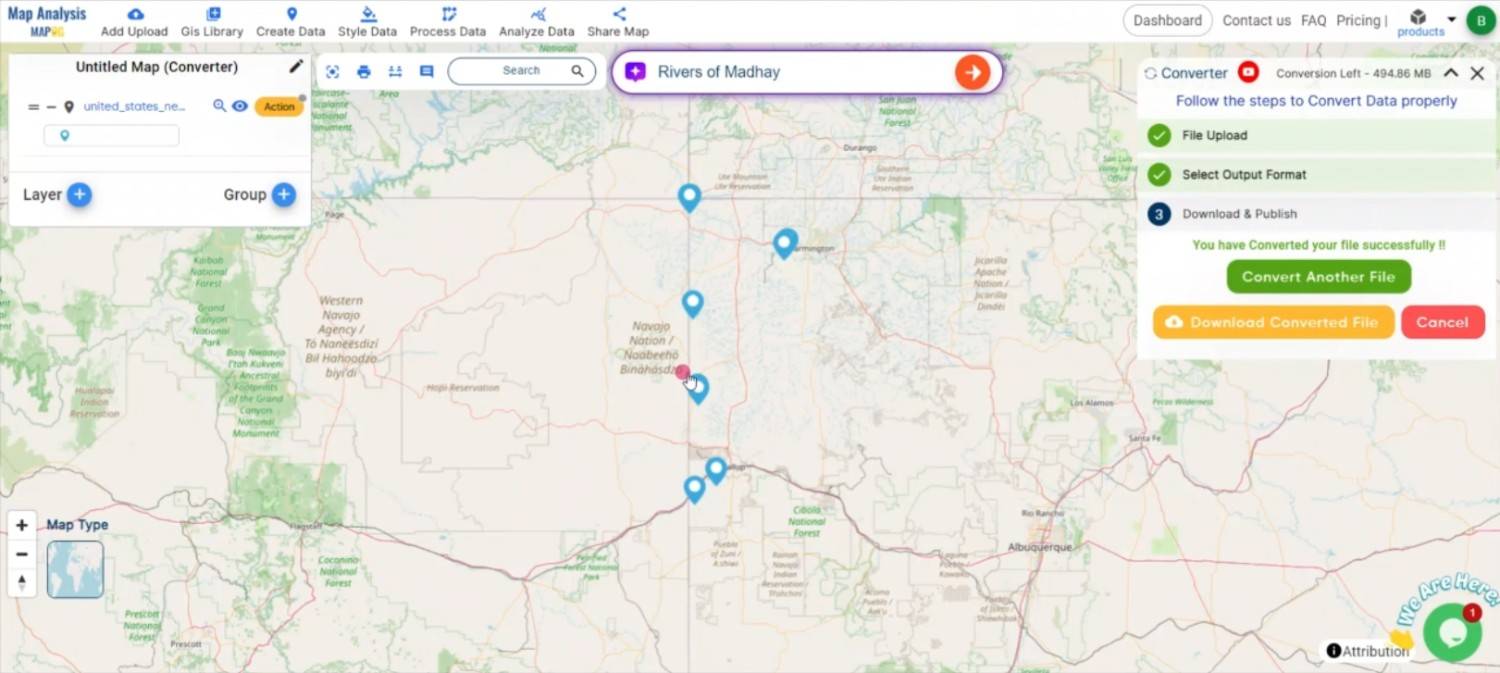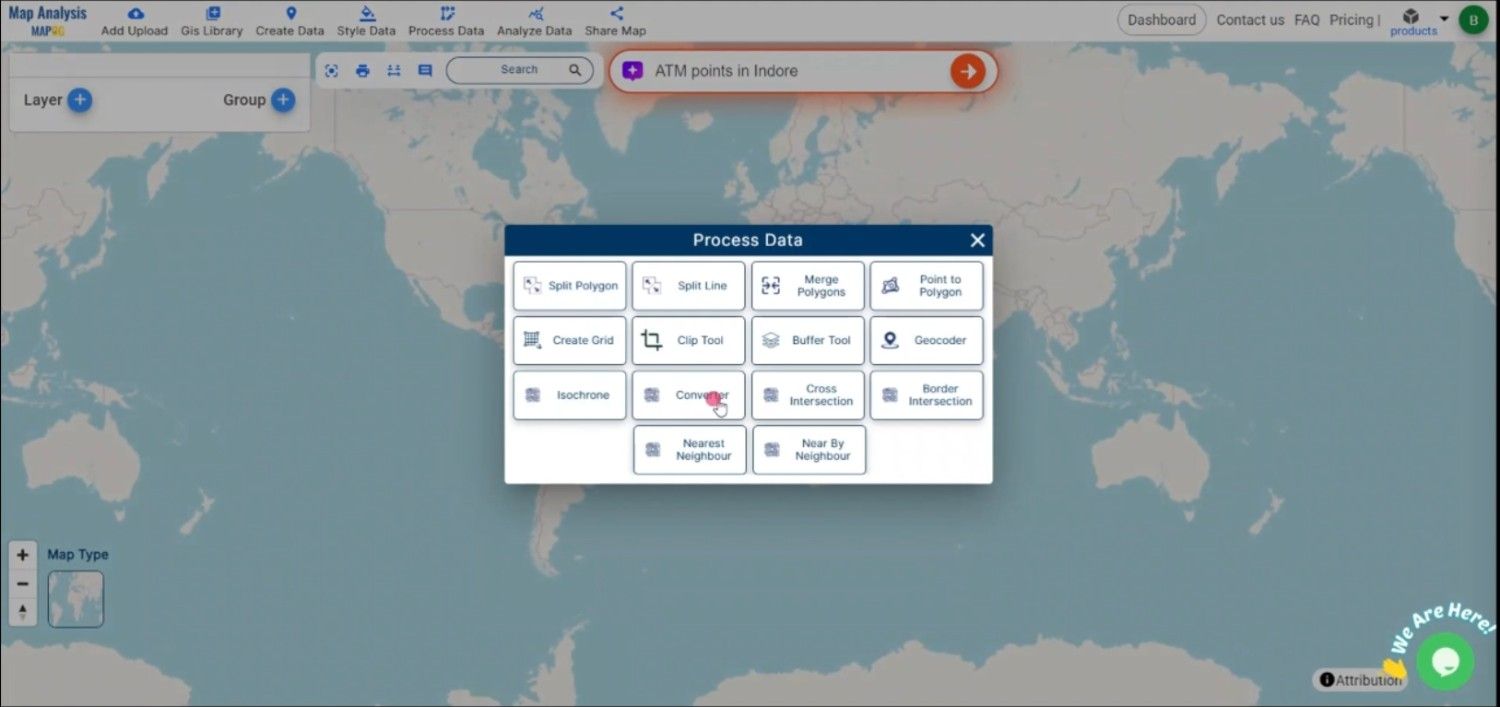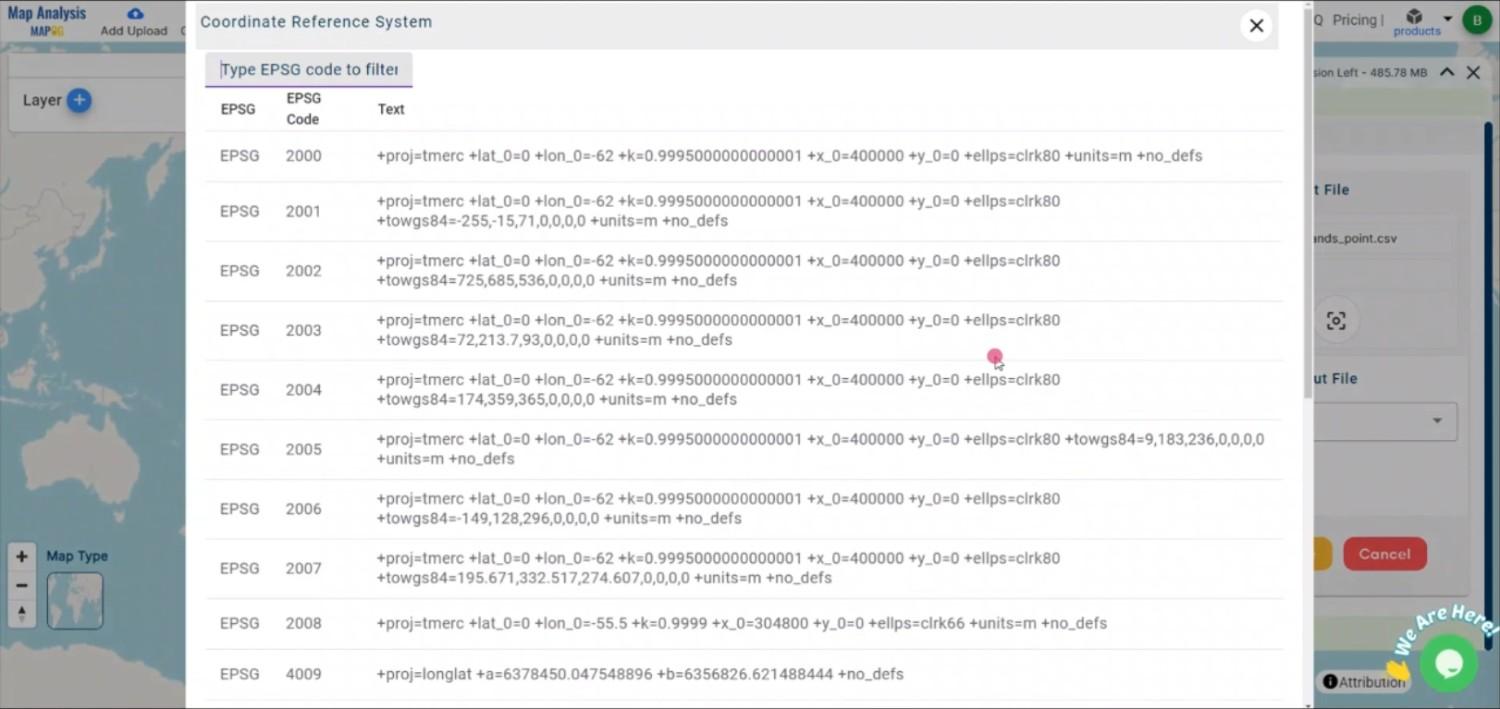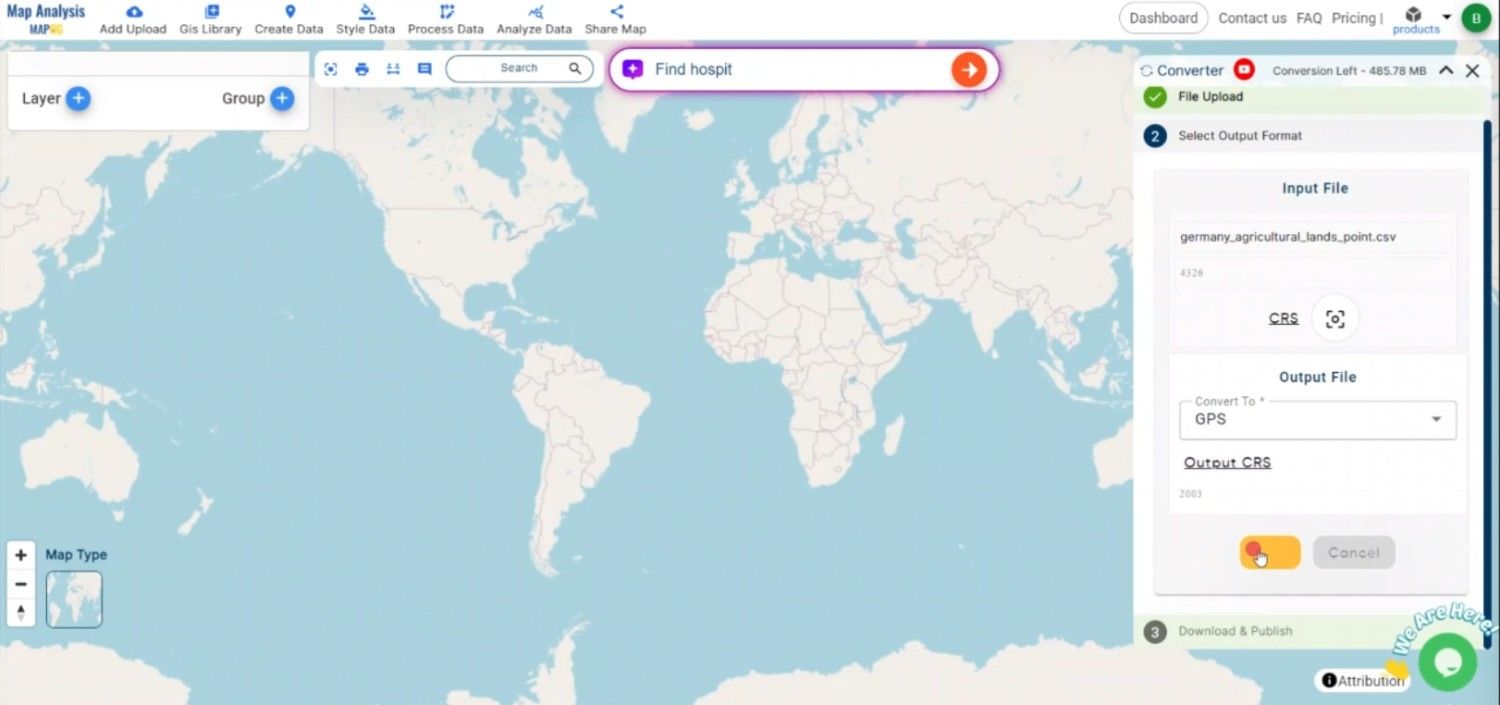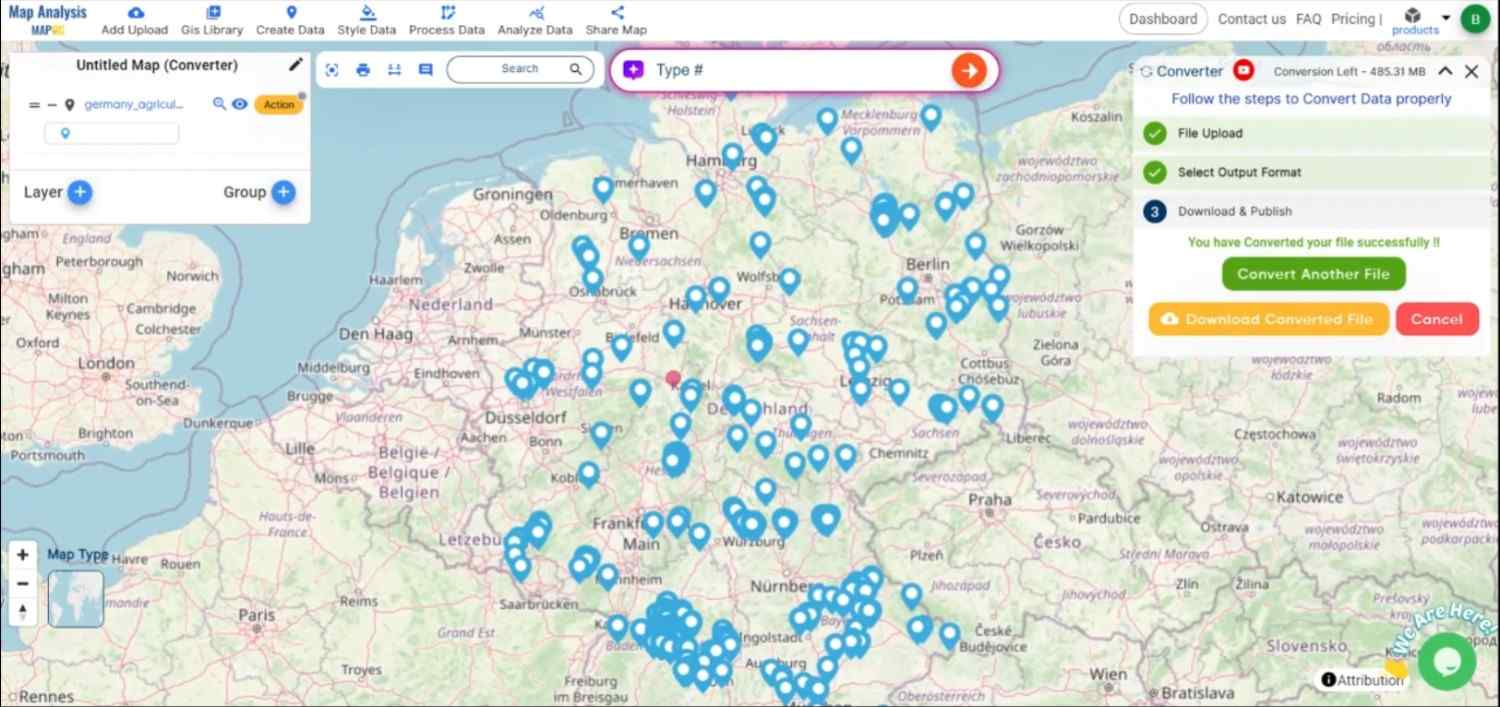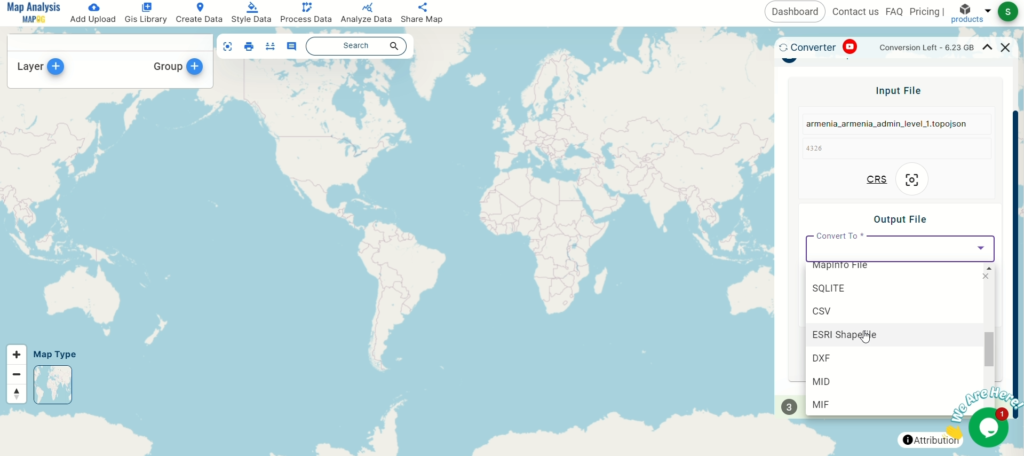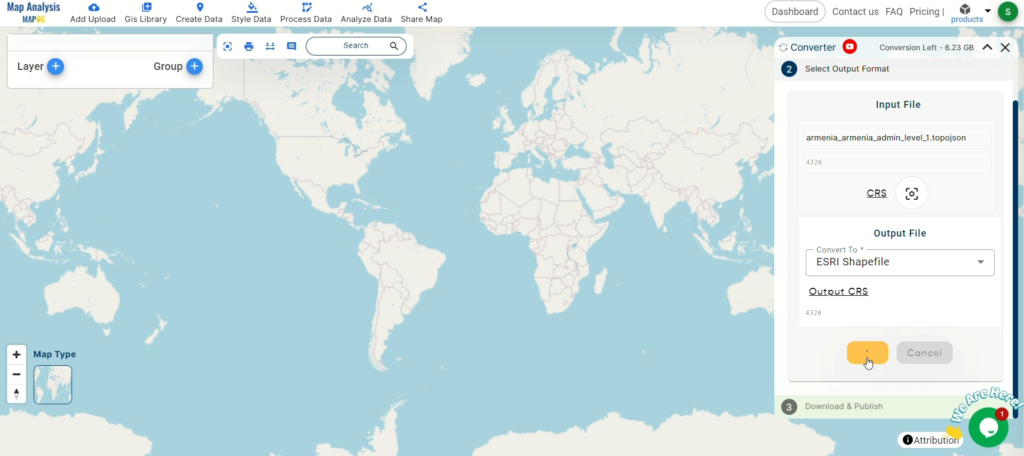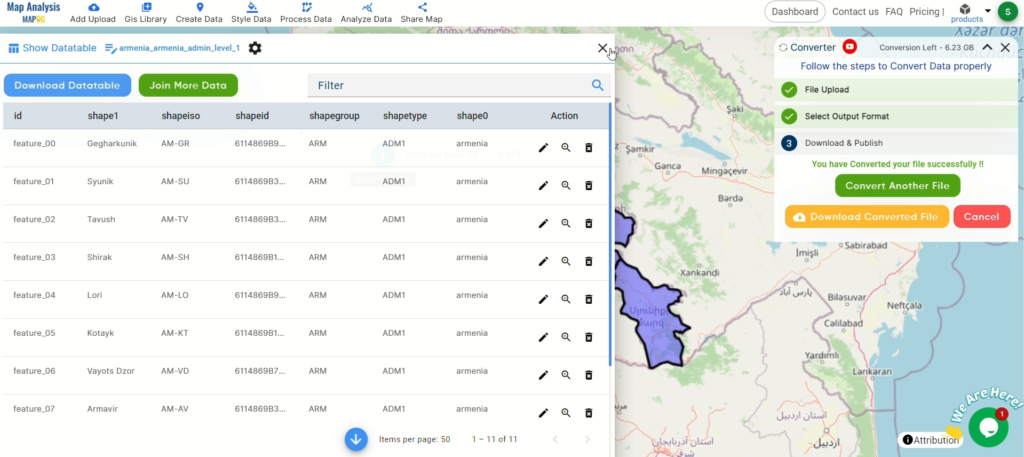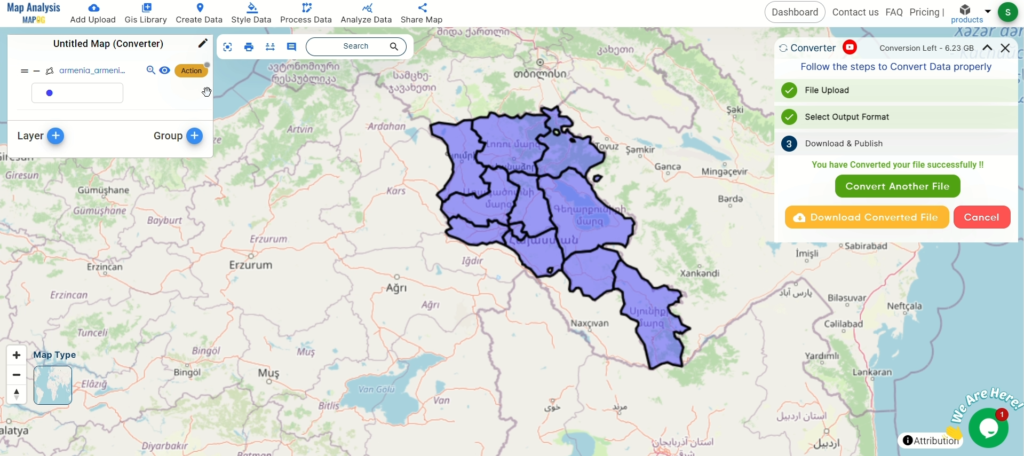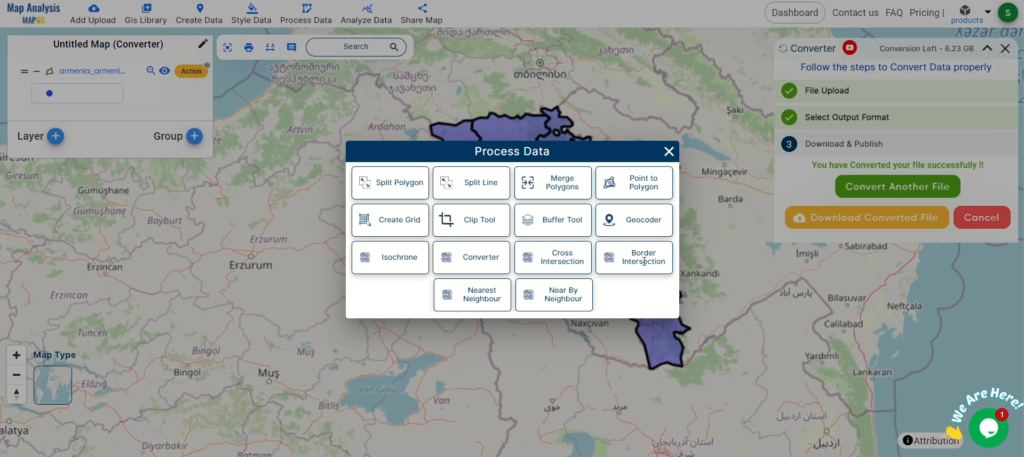A crucial element of the GIS process is file conversion, ensuring that geospatial data can be easily used across various applications. SHP (Shapefile) is a commonly used format in GIS for representing geographic features such as points, lines, and polygons. Converting SHP to GPS format allows for the seamless integration of GIS data into GPS devices and applications.
What is SHP File?
In GIS, a popular geographic vector data format is a SHP file (Shapefile). For spatial characteristics, it saves the attribute data—descriptive information—and geometry—points, lines, and polygons. SHP files are compatible with applications such as ArcGIS and QGIS, and are frequently used for mapping locations, boundaries, and other geographic data. In order to store associated data, they frequently come with extra files.
Key Concept for Conversion SHP to GPS:
MAPOG’s Converter Tool offers a straightforward platform for converting data between different formats. Its user-friendly interface ensures that users can complete the conversion process effortlessly. Here’s a step-by-step guide on converting SHP files to GPS format using MAPOG.
Step-by-Step Guide to Converting SHP to GPS
Step 1: Upload the Data Begin by navigating to the Process Data section in MAPOG MapAnalysis. Select the “Converter Tool” option. Before uploading your SHP file, make sure it is prepared for conversion.
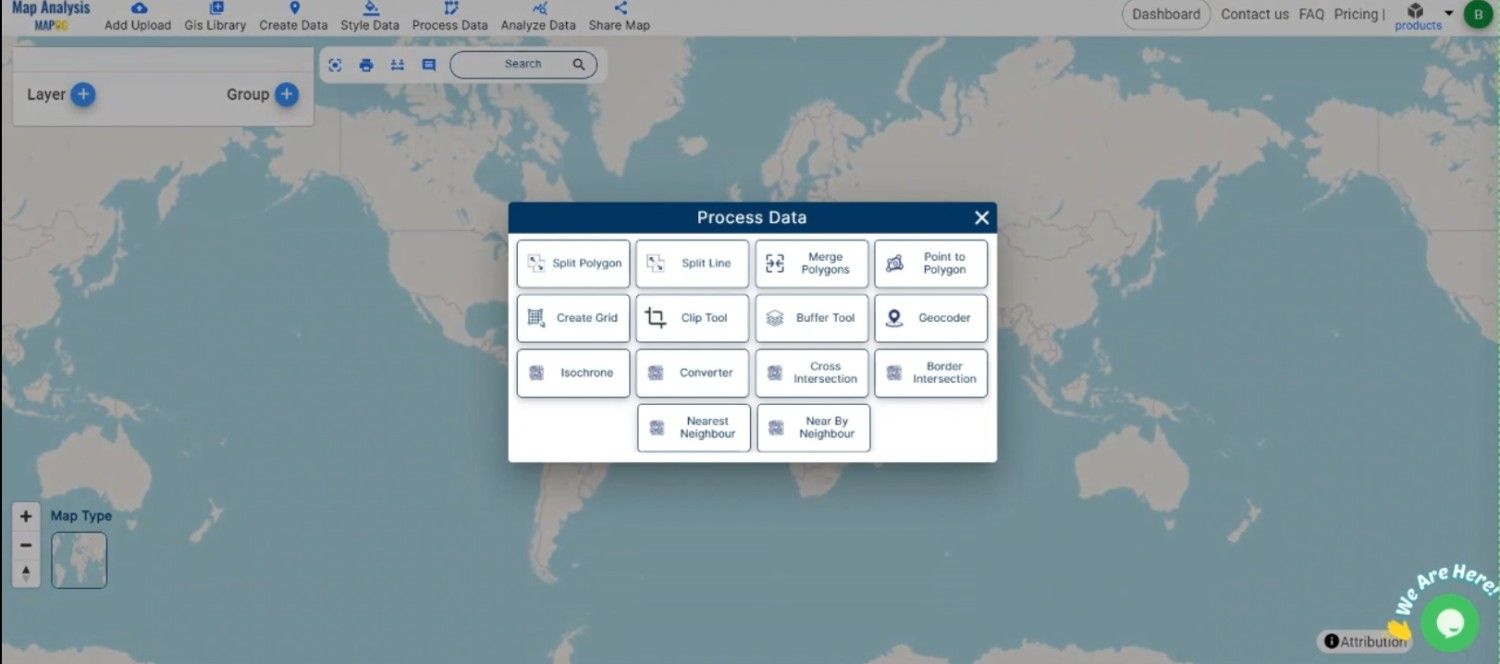
Step 2: Select the Format for Conversion Next, select GPS as the output format. GPS format is essential for storing and utilizing geospatial data in GPS devices and applications, making it perfect for navigation and tracking tasks.
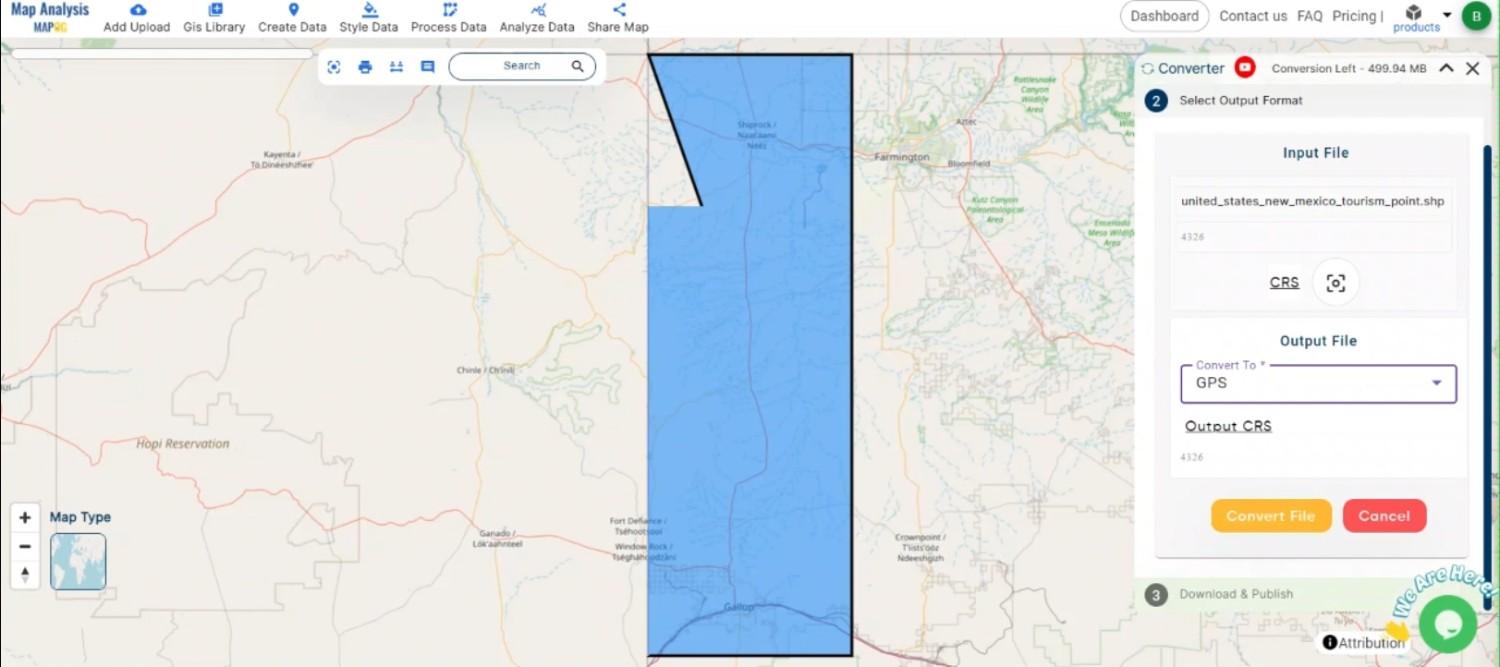
Step 3: Choose the Output Coordinate Reference System (CRS)
Select the appropriate CRS if your data includes spatial information. This step is crucial to ensure the accurate representation of geographic features in your GPS file.
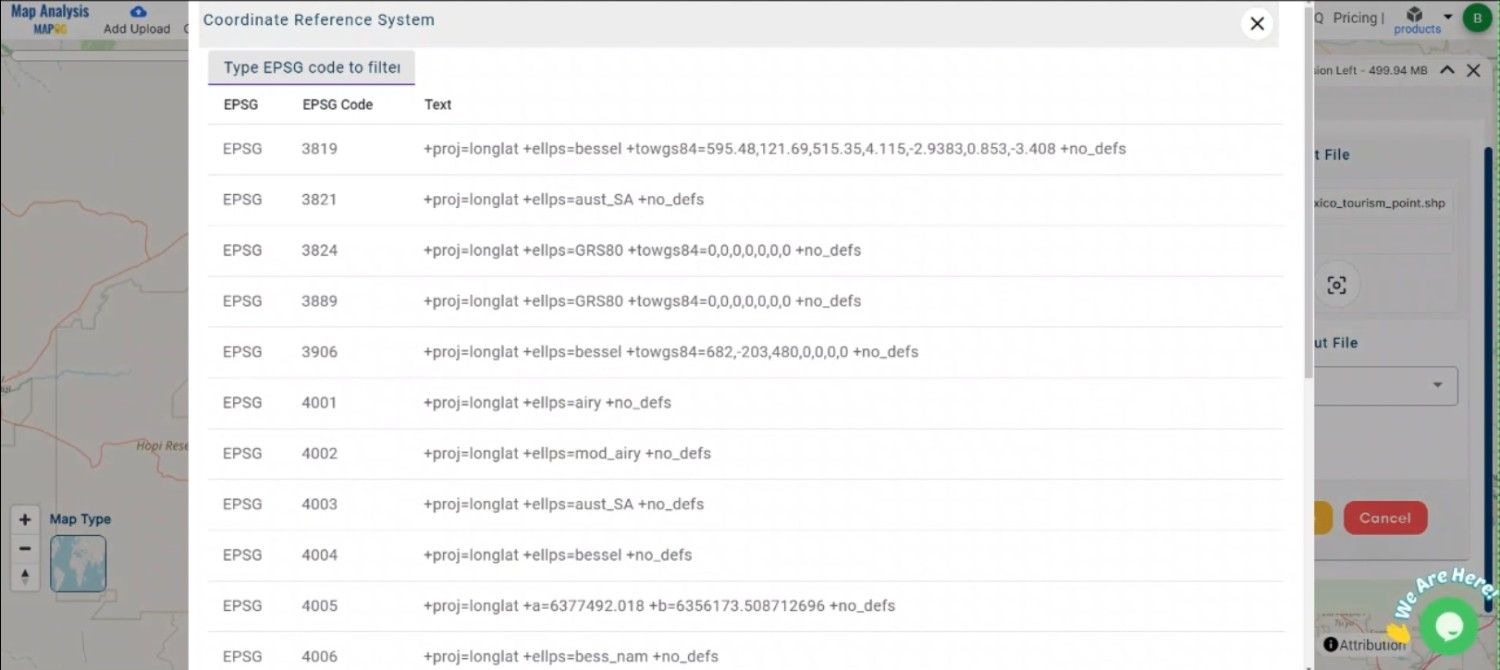
Step 4: Execute the Conversion Once you have chosen the GPS format, initiate the conversion process. The MAPOG tool will accurately convert your SHP file into GPS format, ensuring compatibility with a wide range of GPS devices and applications.
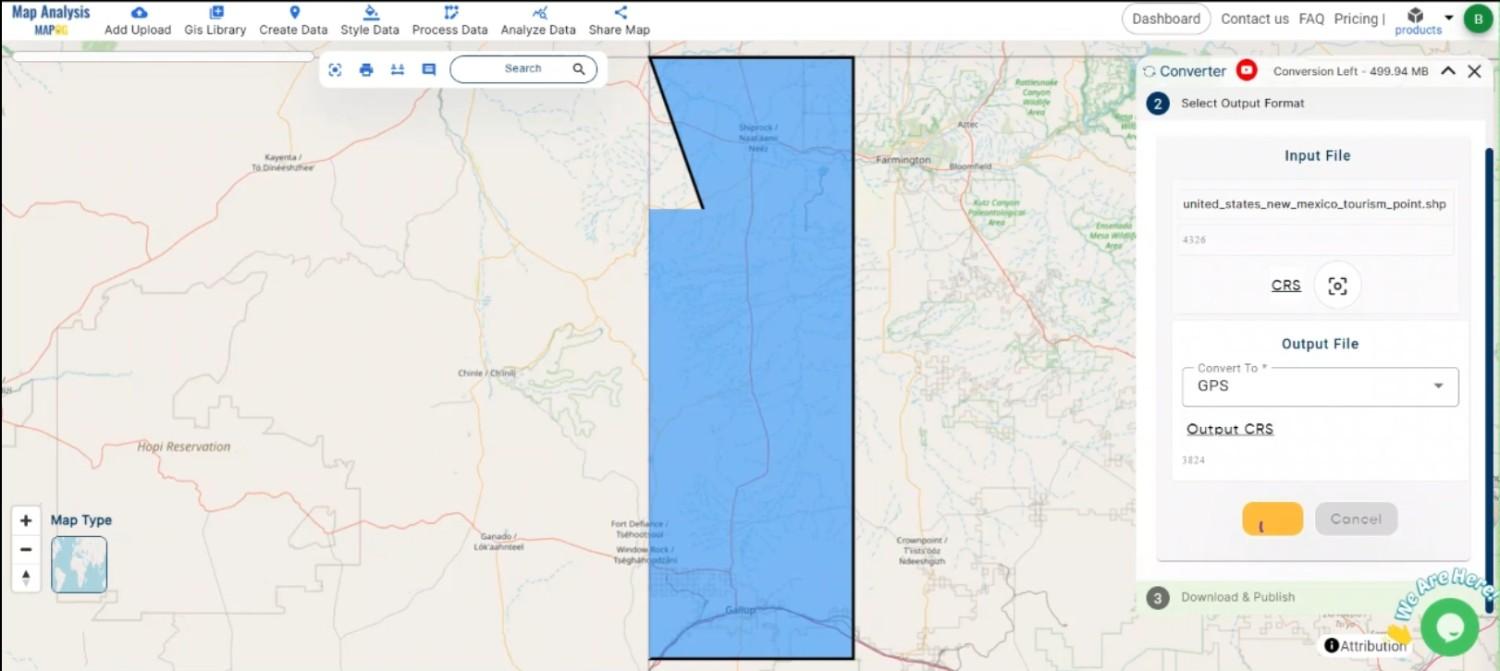
Step 5: Review and Download After the conversion is complete, review the output to confirm that the data was accurately converted. Finally, download the GPS file, which is now ready to be used in your GPS-related projects.
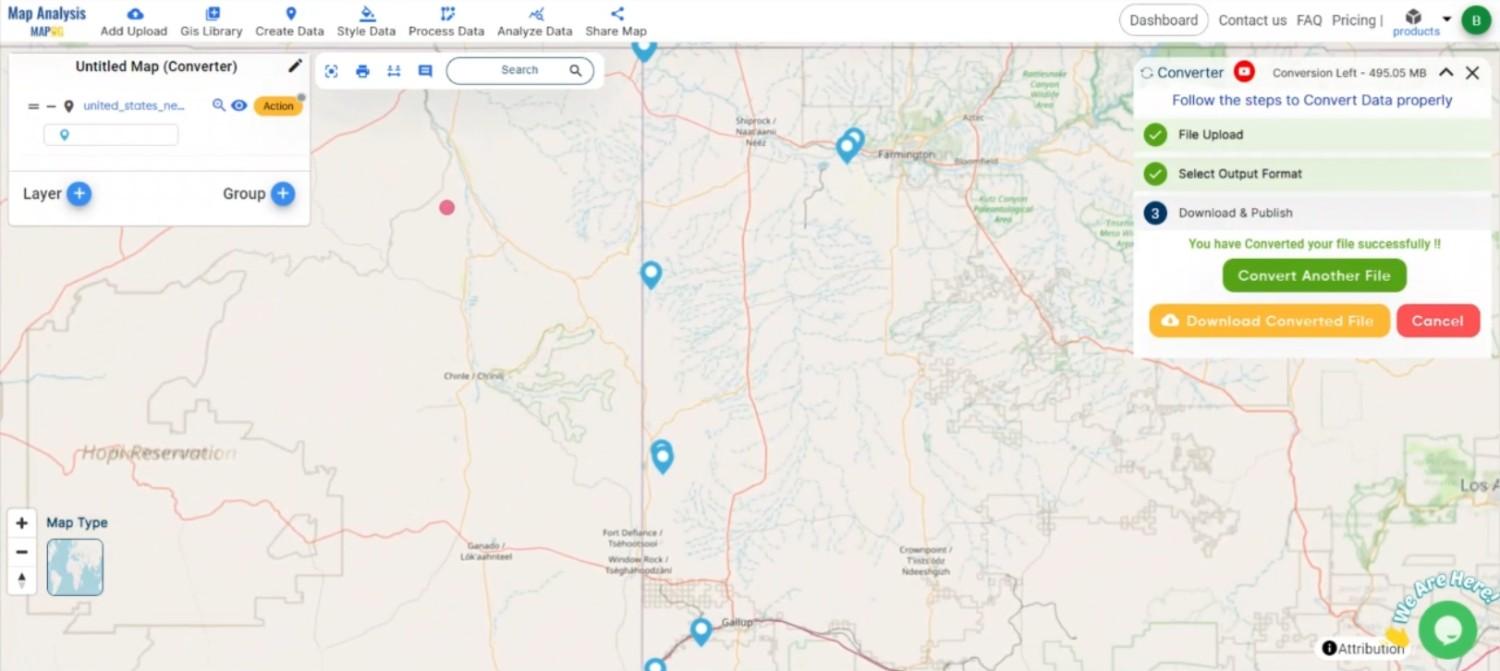
Conclusion:
The MAPOG Converter Tool simplifies the process of converting GIS data between various formats, making it a valuable resource for GIS professionals. By following these simple steps, you can easily convert SHP files to GPS format, ensuring your spatial data is ready for navigation and other GPS-based applications. If you need to download any data file in SHP or in any other formats like KML, KMZ. Visit GIS DATA, here we have 900+ data layers for 200+ countries.
Feature Tool:
Story by MAPOG:
For users who wish to create dynamic and eye-catching maps that visually engage, MAPOG is best. By combining maps with multimedia elements like text and photographs, it enables you to create compelling stories. Making shareable content is simple with Story by MAPOG, whether you’re leading a tour or promoting a project.
Here are some other blogs you might be interested in:
- Convert Online Gis data : KML to PDF file
- Converting KML to GeoTIFF , Online Gis Data Converter
- Converting KMZ to SHP : Online GIS Data Conversion
- Converting GeoJSON to TopoJSON with MAPOG
- Converting GeoJSON to CSV with MAPOG
- Converting GML to KML with MAPOG
- Convert KMZ to TopoJSON Online
- Converting KMZ to GeoJSON Online
- Convert KML to MID Online
- Convert KML to GML Online
- Convert KML to GPKG Online
- Convert KML to KMZ Online
- Convert GML to SHP Online
- Convert KML to GML Online
- Convert KML to GeoJSON file online
- Convert KML to TopoJSON Online
- GeoJSON to GeoTIFF – Vector to Raster Conversion
- KML to GeoTIFF – Vector to Raster Conversion
- SHP to GPX / GPS
- Convert GeoJSON to KML
- Convert Geojson to MIF MapInfo file
- GeoJSON to Shapefile
- Convert GML to CSV
- Convert KMZ to GPX
